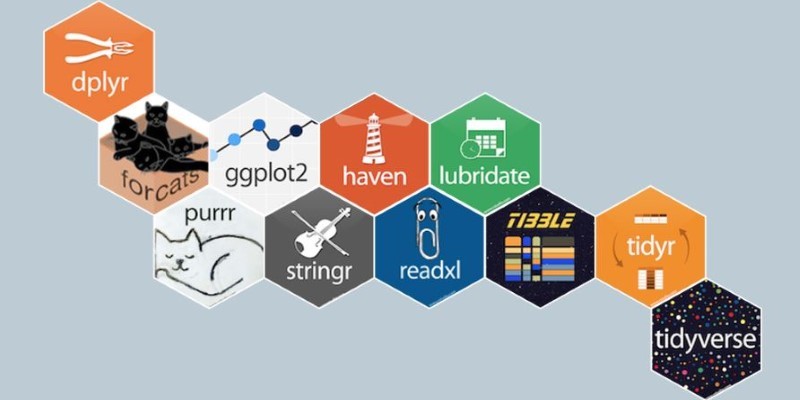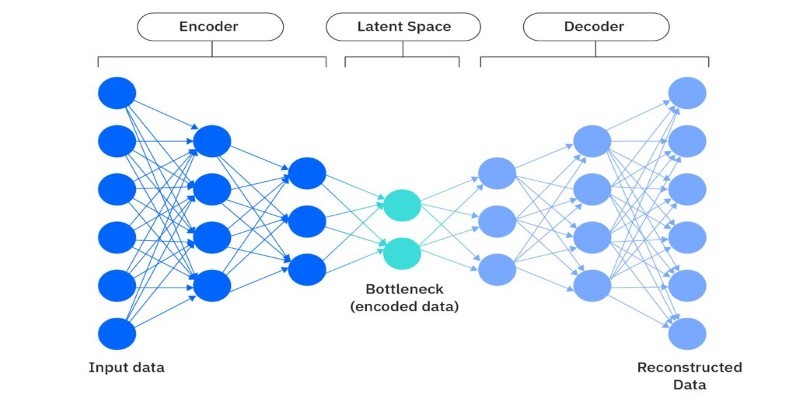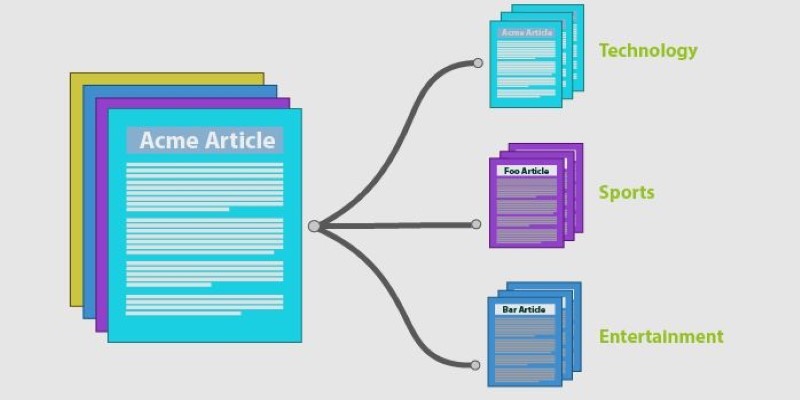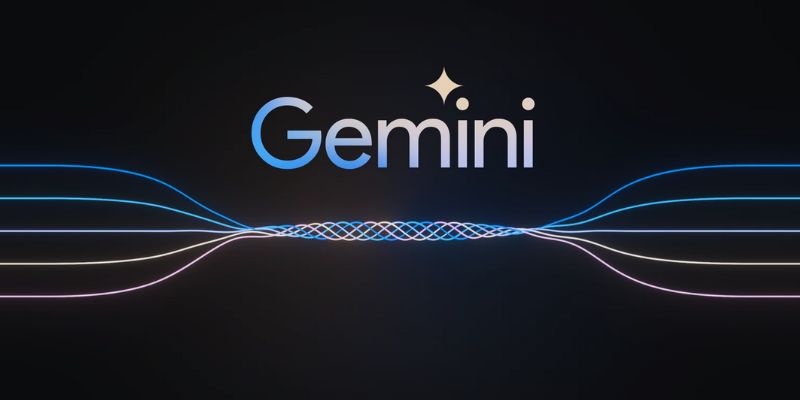Artificial intelligence is advancing rapidly, yet traditional models struggle with accuracy due to their reliance on pre-trained data. Retrieval-augmented generation (RAG) solves this by integrating real-time knowledge retrieval, ensuring AI-generated responses are up-to-date and precise. Unlike static models, RAG fetches external information before generating text, reducing misinformation and enhancing reliability.
By combining machine learning with live data access, RAG creates a dynamic system that improves AI's understanding and adaptability. This approach addresses AI's core limitation—dependency on outdated datasets—making responses more relevant and accurate. As AI evolves, RAG is shaping the future of intelligent, context-aware automation.
How RAG Works in AI?
In essence, Retrieval-Augmented Generation is a combination of retrieving external information and generating responses. Other AI models, like GPT-based ones, are based on huge amounts of already available data. Yet, they cannot retrieve new information outside what they were trained with. RAG resolves this by adding a step of external knowledge retrieval prior to the generation of text.
The process starts when an AI model is presented with a question. Rather than simply drawing upon its internal database, it queries an external source—like a document database, the Internet, or a firm's internal files. This accessed information is passed to the model, enabling it to produce a response that is both knowledgeable and contextually correct. Essentially, RAG closes the gap between a static knowledge model and a real-time, changing dataset.
This mechanism renders RAG highly useful for applications that necessitate current or domain-specific knowledge. In healthcare, legal research, or customer service, AI models must have access to recent and accurate data. With AI language models powered by retrieval, experts can depend on AI for more than boilerplate answers—they can get real, verifiable insights.
Advantages of Retrieval-Augmented Generation
One of RAG's biggest strengths in AI is its ability to improve the accuracy of responses. Because the model retrieves recent and relevant data before generating output, it reduces the risk of hallucinations—situations where AI confidently provides incorrect or misleading information. In standard machine learning models, hallucinations occur because the AI attempts to construct answers from outdated or incomplete training data. With RAG, this issue is minimized, as the retrieval process ensures factual accuracy.
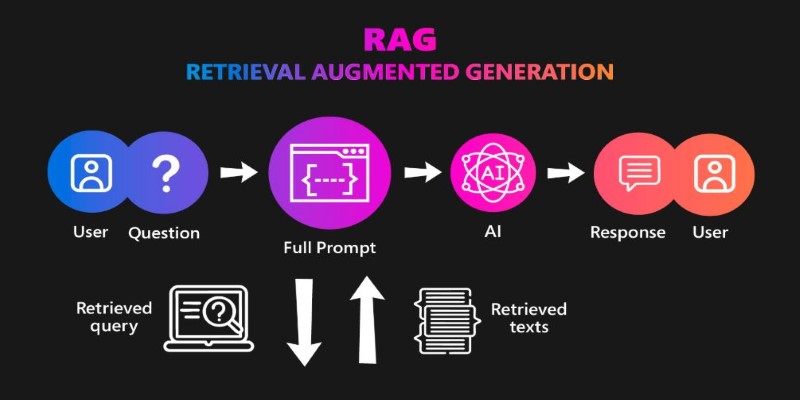
Another major advantage is adaptability. AI models that rely only on training data require frequent updates to stay current, which is expensive, time-consuming, and computationally intensive. However, RAG reduces the need for constant retraining. Since it fetches external knowledge dynamically, businesses and organizations can deploy AI solutions that stay relevant without requiring frequent upgrades.
Additionally, knowledge retrieval enhances AI's ability to handle niche topics. Standard models struggle with highly specialized fields, often producing vague or incorrect answers. A RAG-powered system, on the other hand, can look up authoritative sources in real-time, ensuring a higher level of expertise in its responses. This capability is particularly beneficial in research, journalism, and industries where accuracy is paramount.
The Challenges and Limitations of RAG in AI
While the Retrieval-Augmented Generation presents a major advancement, it is not without its challenges. One of the primary concerns is the reliability of the retrieval sources. If the AI fetches information from an unreliable or biased source, the generated response may reflect inaccuracies. This issue raises concerns about misinformation, particularly in fields like healthcare, finance, and law, where factual accuracy is critical.
Another limitation is the increased computational complexity. Unlike traditional AI language models, which generate responses based solely on internal data, RAG requires additional processing power to search, retrieve, and integrate external knowledge before generating output. This extra step can slow down response times, making real-time applications more challenging, especially for large-scale systems that handle millions of queries per day.
Data privacy is also a growing concern. Since RAG pulls information from external sources, there is always a risk of exposing sensitive or proprietary data. Organizations implementing RAG-powered AI must ensure robust security measures to protect confidential information while still allowing the model to retrieve necessary data.
Despite these challenges, RAG in AI is continuously evolving, and researchers are working on ways to optimize retrieval speed, improve data accuracy, and enhance privacy protections. As these improvements take shape, the technology will become more accessible and efficient, further cementing its role in the future of AI-driven systems.
RAG’s Role in the Future of AI
As AI continues to advance, the Retrieval-Augmented Generation is poised to become a fundamental component of future AI language models. The ability to merge machine learning with live data retrieval transforms how AI interacts with information. Rather than being limited by outdated training material, AI can function as a dynamic, ever-evolving assistant.
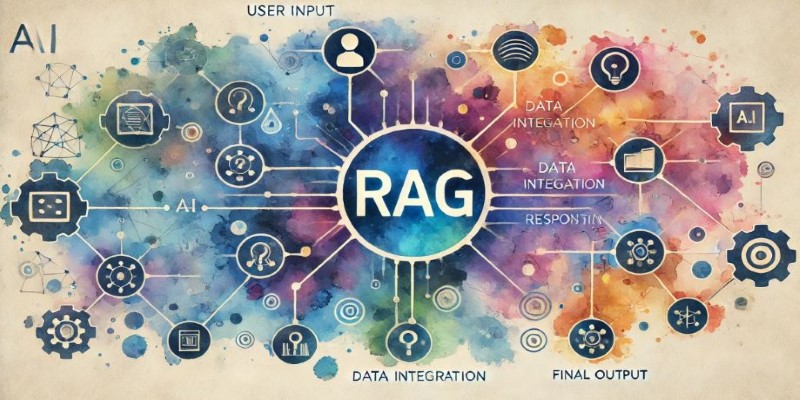
Industries that require real-time knowledge are already exploring the potential of RAG-based AI. In finance, for instance, AI tools must provide the latest market trends. In customer service, businesses want AI chatbots that can pull accurate policy updates without needing constant reprogramming. With knowledge retrieval, these applications are becoming a reality.
However, implementing RAG also presents challenges. Efficient retrieval mechanisms require robust infrastructure, fast search algorithms, and access to high-quality datasets. If retrieval sources are unreliable, the quality of generated responses may suffer. Additionally, balancing retrieval and generation speed is crucial to ensuring AI delivers information without significant delays.
Despite these challenges, RAG in AI represents a major step toward more reliable, knowledgeable, and adaptable AI systems. By combining the best of both worlds—real-time knowledge retrieval and intelligent response generation—this approach is setting a new standard for AI accuracy and usefulness.
Conclusion
The advancement of AI has always centered on improving accuracy and relevance. Retrieval-Augmented Generation (RAG) enhances AI by integrating knowledge retrieval, enabling real-time data access for more precise responses. Unlike traditional models, which rely on static training data, RAG makes AI more adaptable and reliable. By reducing misinformation and improving contextual understanding, this approach ensures AI remains effective in fast-evolving industries. Challenges like retrieval speed and data reliability persist, but the benefits outweigh the limitations. As machine learning progresses, RAG-powered systems will set a new standard for AI, making automation smarter, more dynamic, and increasingly indispensable.
